【Interview】Part 2: Unveiling the Journey of Dr. Jiro Aikawa: Evolution of SHEP from Kenya to 60 countries worldwide
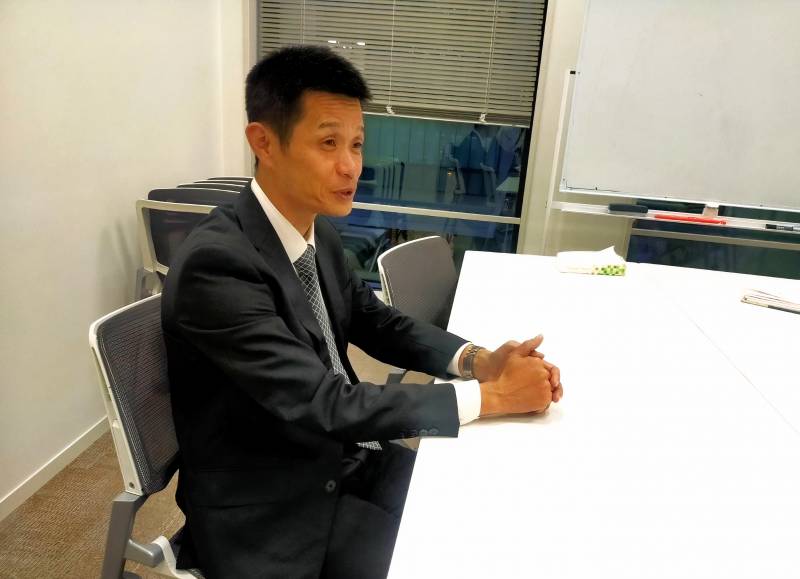
SHEP Approach and its Expansion
SAA: At TICAD V (The 5th Tokyo International Conference on African Development) in 2013, the SHEP initiative received high praise for its focus on transitioning from "subsistence farming" to "income-generating agriculture." The Japanese government declared that SHEP would be widely disseminated across Africa. Could you provide insights into the phase of scaling the Kenyan success model to broader horizons?
Aikawa: SHEP began its international outreach through JICA's initiative titled "Market-Oriented Agricultural Promotion in the African Region." This program engaged government officials from multiple African nations. Their training regime encompassed a dual-locational exposure: an immersive two-week stint at JICA Kansai in Japan, encompassing farm visits, market expeditions, and more; and a hands-on module in Kenya, elucidating SHEP's operational intricacies and practical market research training. Armed with this knowledge, these officials became pivotal in architecting SHEP-inspired activities back home, contextualized to their regions. At that time, there was a sense of fear that things might not work well in other countries. While SHEP had demonstrated success in Kenya, the situations and environments in other countries varied significantly. The increased attention during TICAD V in 2013 brought us tremendous pressure not to fail.
SAA: How were the reactions from the participants when the JICA’s training actually began to roll out in 2014?
Aikawa: Our strategy eschewed financial dependencies on JICA, intending to weave these initiatives seamlessly into everyday tasks, fostering a sustainable program lifecycle. While some nations grappled with gradual progress initially, the fervor and enthusiasm exhibited by our trained African representatives were commendable.
For example, a trainee from Malawi who participated in the November 2014 training immediately started their activities upon returning, using the project budget from the International Fund for Agricultural Development (IFAD). When I visited them early the following year, their plans had already taken shape. There were no formal manuals or comprehensive materials available, just a PowerPoint presentation prepared by our Kenyan counterparts. Despite this, Malawi's efforts were remarkably successful. Once Malawi began to show results in 2015, the momentum quickly spread to other countries.
SAA: What were the factors that contributed to the success in Malawi initially?
Aikawa: In the first year of the training program, we conducted two sessions in June and November, with participants from about 15 countries. The participant from the Malawian Ministry of Agriculture was exceptionally talented and capable. He adapted the Kenyan model to his own country's context, simplifying the activities. Following his lead, we incorporated the Malawian experience into the training materials we had developed based on the successful Kenyan case.
Expanding the scope of SHEP: Beyond agriculture to livestock and handicrafts
SAA: With SHEP's integration across diverse African landscapes, it's evident that the approach has undergone various adaptations. What are the fundamental principles that remain as the essence of SHEP, and what are the aspects that can change depending on the country or region?
Aikawa: As long as the four initial steps I mentioned earlier are followed, variations in activities are more than welcome. Of late, SHEP's methodologies aren't restricted to just agriculture; they've found resonance in livestock management and the realm of handicrafts too. When commodities change, the focus of market research, location, and required technology also vary. However, by adhering to the orange section in Figure 1 and the four steps in Figure 2, various developments should be considered appropriate.
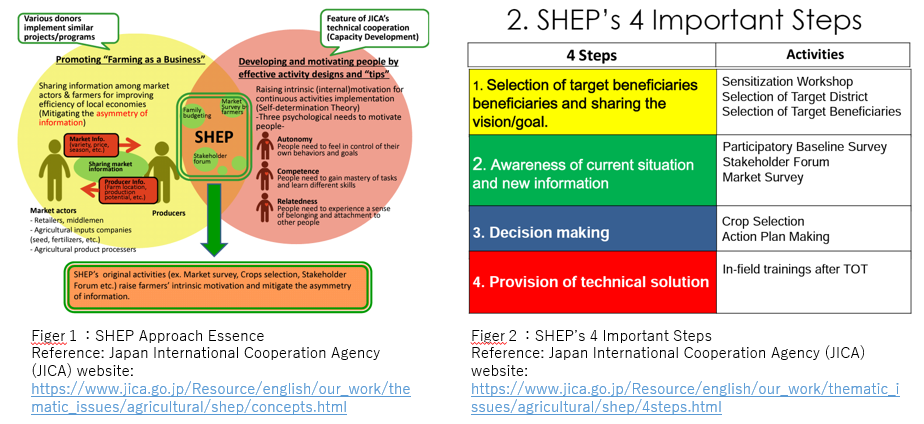
SAA: It's been exactly 10 years since TICAD V in 2013, and SHEP has become the epitome of agricultural extension models in developing market-oriented agriculture. How can we evaluate the effectiveness of SHEP as an agricultural methodology?
Aikawa: SHEP's evaluation pivots around two dimensions. One is the assessment as an agricultural methodology. SHEP is an excellent model in this regard, as it's a simple agricultural extension approach that mitigates information asymmetry between stallholder farmers and market stakeholders. It has clear universal elements and adaptable, fluid components.
Secondly, it's the global reach of SHEP. Beyond just being content, SHEP has evolved as a program championed by global organizations and NGOs. The true testament to its impact is its footprint across 60 nations, stretching from the African heartland to Latin American nations like Argentina and Nicaragua and further east into Asia.
SAA: SAA is also incorporating SHEP approach as part of its "Market-oriented agriculture" strategy in all target countries. In terms of expanding and scaling up other agricultural extension models, SHEP's journey offers invaluable lessons and insights.
▸[Part 3] Unveiling the Journey of Dr. Jiro Aikawa: Sharing insights with SAA projects
▸[Part 1] Unveiling the Journey of Dr. Jiro Aikawa: Launching SHEP Approach in Kenya
SAA Publications
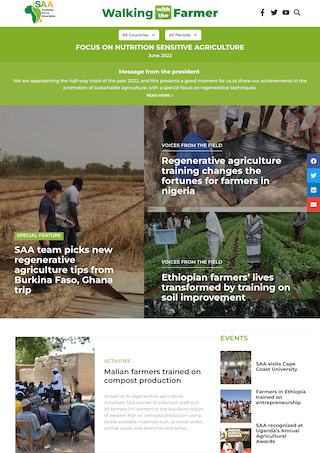
E-newsletter
"Walking with the Farmer"
SAA publishes a bimonthly e-newsletter reporting on SAA activities.
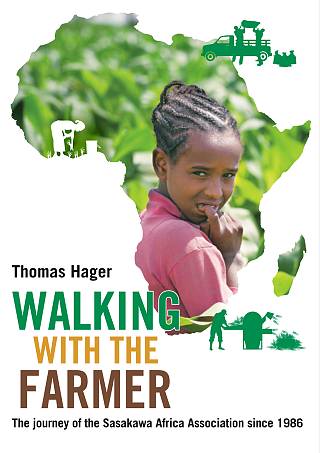
SAA history book
"Walking with the Farmer: The journey of the Sasakawa Africa Assoication since 1986"
This book chronicles the history of SAA from its inception to the present.
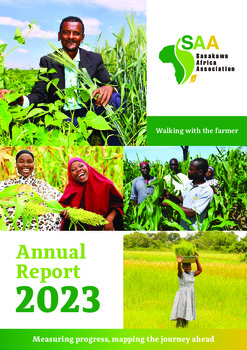
Annual Report
Annual Report FY2023
Annual Report FY2023 is available here.




